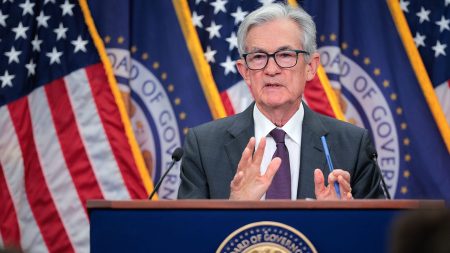If retirement has been on your mind lately, you’re not alone. A record number of Americans are hitting retirement age this year, and it’s clear that rising living expenses and health care costs are giving many people pause. Whether you’re approaching retirement or already settling into your golden years, now’s the time to check in on your financial game plan.
Confidence Is Shaky And Inflation Is a Big Culprit
According to Fidelity’s latest State of Retirement Planning study, just 67% of people in their pre-retirement years feel confident about their future and that’s down from last year. The main reason? Inflation. Everything costs more these days, and health care has surprised a lot of retirees with how quickly those expenses add up.
While the majority of recent retirees say they’re doing okay with more than 70% say retirement is going as planned. However, many admit they weren’t fully prepared for how much things would cost, especially medical care. For some, Medicare didn’t cover as much as they expected, and with the average retiree spending upwards of $165,000 on health care alone, that’s no small oversight. This number could continue to rise with Medicare changes on the horizon, an increased cap on out-of-pocket prescriptions, and higher deductibles for Medicare Part D among other changes.
Gen X Feels the Pressure
Gen Xers (ages 44–59) are especially feeling the retirement squeeze. Just over half believe they’ll be able to retire on their own terms, and about a third think they’ll need to keep working in retirement to supplement their income. It’s a tough balancing act, many are raising kids while also caring for aging parents, all while trying to build a secure future for themselves.
Adding to the challenge, this group may not benefit from the steady pension income that previous generations relied on. That means personal savings from IRAs, 401(k)s, and other plans will have to do more of the heavy lifting.
The Good News? Retirees Are Still Finding Joy
Despite the financial pressures and close to 60% of retirees saying they are spending less; most current retirees report that life after work is turning out better than they expected. Nearly 70% say retirement is more enjoyable than they thought it would be. A big reason is that many of them have multiple income streams like Social Security and pensions that help cover essential expenses, freeing up savings for fun stuff like travel or hobbies.
What Can You Do Now to Prepare?
If you’re still in your working years, there’s a lot you can do to boost your retirement readiness, even if rising costs are a concern. Here are a few smart moves to consider:
1. Maximize Your Tax-Advantaged Accounts
Take full advantage of 401(k)s, IRAs, and Health Savings Accounts (HSAs) if you’re eligible. These accounts offer powerful tax benefits that can help your money grow faster. But according to Fidelity, a lot of people still aren’t using them to their full potential as only 42% are contributing to tax-deferred accounts, and just 36% are getting the full match from their employer. That’s free money left on the table.
2. Consolidate Your Accounts
Changing jobs over the years can leave you with scattered retirement accounts. Consider rolling old 401(k)s into one place, it’s easier to manage and could improve your investment strategy. New services like “Auto Portability” are making this even simpler for small balances. While sometimes it feels like you are minimizing risk by keeping your accounts in different places, this is likely increasing risk and reducing coordination.
3. Catch-Up Contributions Are Your Friend
If you’re 50 or older, the IRS lets you make extra contributions to retirement accounts. And thanks to recent legislation (SECURE 2.0), people aged 60 to 63 can contribute even more. It’s a great way to give your savings a last-minute boost even if you are on track. Close to half of current retirees list it as the most important action to take as they near retirement. Even if you are maxing out your retirement accounts already, consider saving more in traditional taxable investment accounts or paying down debt faster.
4. Make Sure Your Investments Are Working for You
How your money is invested can make a big difference. As you get closer to retirement, it’s worth reviewing your portfolio to make sure it matches your goals and risk tolerance. You want growth, but you also want protection from big swings in the market. This also requires coordination and an understanding of your full set of investments. Often people look at one bucket of investments or account at a time to pick investments. This can create overlap or conflicting investment goals between accounts. Consider combining accounts as earlier stated or at least making sure all investments are working together.
Planning Doesn’t Stop at Retirement
Here’s something nearly everyone agrees on, retirement planning doesn’t stop the day you stop working. In fact, 92% of Americans say ongoing planning is key. While looking retrospectively, retirees say they would have started saving earlier, managed debt better, maximized contributions, and spent less while working. The good news is you don’t have to figure it all out alone. Whether it’s using online tools, working with a financial advisor, or attending workshops, there are plenty of resources to help you make smart, confident decisions. Remember, retirement planning isn’t a one-time event, it’s a lifelong journey. The earlier and more consistently you plan, the more freedom and joy you can unlock later.
Read the full article here












